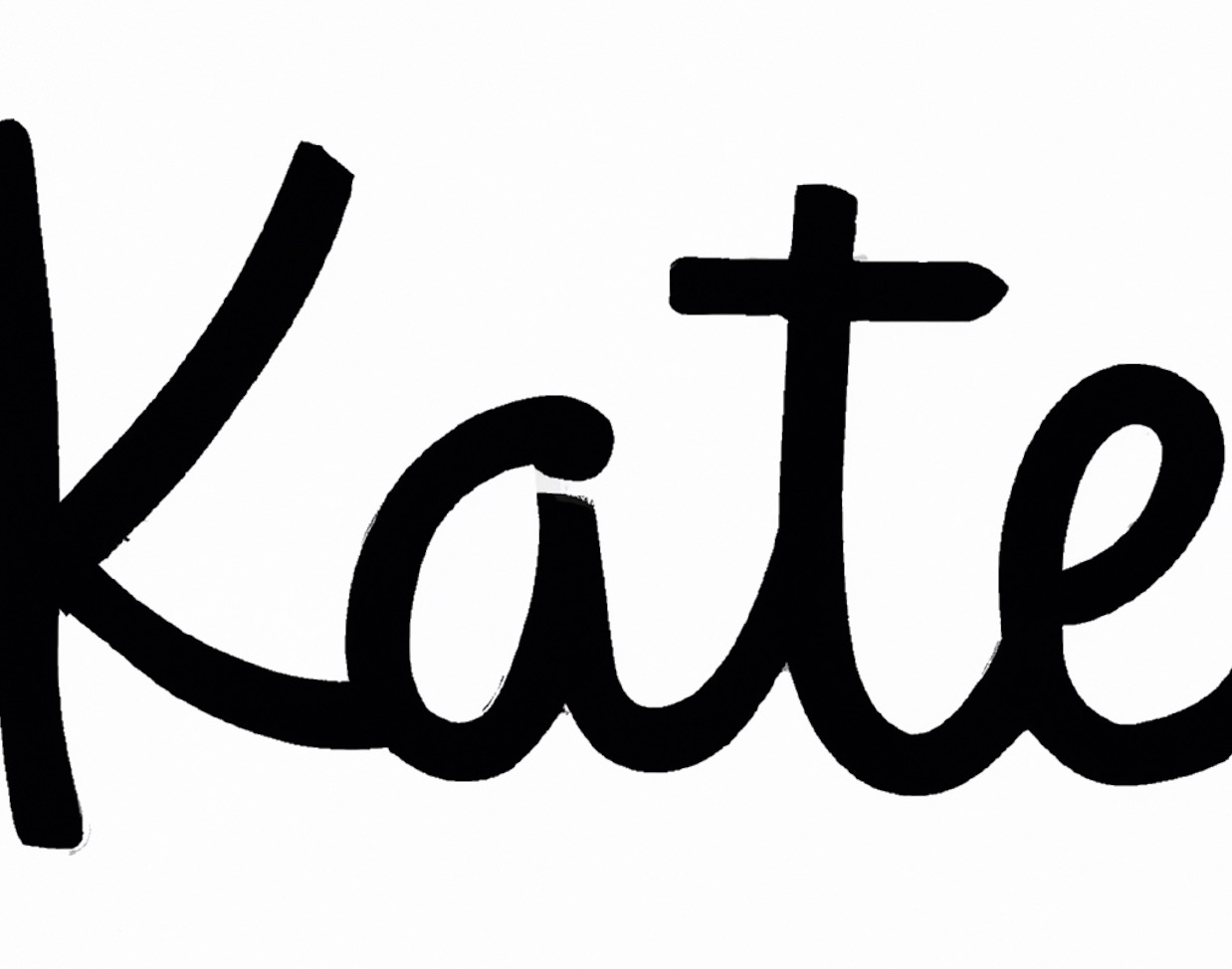Bleed is an essential part of any print project, and it’s an important concept for graphic designers to be familiar with. Bleed is the part of a design that extends beyond the edge of the page, or canvas. It is used to ensure that no white edges appear on the final printed product when cut to size.
How Does Bleed Work? Bleed ensures that all the artwork in your design extends beyond the edge of the page or canvas so that there are no white edges visible after trimming. This is because even with very precise cutting tools, there can still be minor variations in size which can cause a small gap between the paper and design elements. By adding bleed, this gap can be eliminated and your printed product will look professional and consistent.
What Is A Bleed Margin? The bleed margin is an extra area around the edge of your design which extends beyond what will be visible after cutting. This ensures that you have enough extra artwork so that any minor variations in size won’t affect what’s visible in your final product. Generally speaking, a bleed margin should be 0.125 inches (3mm).
Why Is Bleed Important For Graphic Designers? Bleed ensures that all parts of your design extend beyond what will be visible after cutting and gives you greater control over how your designs look in print. Without bleed, small inconsistencies may occur between cuts which could affect how professional and consistent your designs look. Additionally, it helps to create a polished finish on printed products as well as giving you more room to work with when designing for print.
Why Is Bleed Used In Graphic Design? Bleed is an essential part of any print project and it’s important for graphic designers to understand how it works in order to create professional-looking designs for print media. By adding a bleed margin around artwork, designers can ensure accuracy when trimming printed products and avoid white edges from appearing on their finished designs. Additionally, using bleed allows designers more flexibility when creating artwork for print as they have more room to work with before trimming begins.
In conclusion, bleed is an important concept for graphic designers to understand as it helps them create professional-looking designs for print media by ensuring accuracy during trimming and giving them more flexibility when creating artwork for print.
10 Related Question Answers Found
Bleed in graphic design is a printing term that refers to the area on a document that has images or elements extending beyond the trim edge. The bleed is the part of the document that will be trimmed off when cutting to the final size and is typically 1/8 of an inch. Bleed allows any color, graphics, or design elements to extend beyond the intended trim area and eliminates any unprinted white space.
What Is a Bleed in Graphic Design? A bleed in graphic design is a technique used to extend the background design or color of an image beyond the edges of the page. It is used to ensure that no white or other background color shows up when the artwork is trimmed to size, as it allows for all colors or images to run right off the edge of the paper.
What is a Bleed Edge in Graphic Design? A bleed edge is an integral part of the graphic design process, and it refers to the amount of background color or image that extends beyond the edge of the artwork. It is used to create a seamless look when printing or displaying artwork on different mediums such as paper, canvas, and fabric.
Bleeds in graphic design are when a design is printed on a large sheet of paper and then cut down to the desired size. This is done to prevent any white edges from appearing around the design. Bleeds also allow for an image to be extended off the edge of a page where it will not be seen.
Graphic design is a powerful tool for conveying ideas, opinions, and messages in a visually appealing manner. It is used in all types of media, from print to web and even television, as well as in marketing campaigns, product packaging, and more. Graphic design is an integral part of the creative process, allowing designers to create visually stunning designs that capture the attention of their audience.
Graphic design is a form of visual communication used to represent ideas, thoughts, and messages. It is an integral part of any business, organization or individual’s marketing strategy. Graphic design helps create a lasting impression on potential customers, clients or donors and assists in the success of any brand.
Why Are Margins Important In Graphic Design? Graphic Designers use margins to create a sense of balance and order to their designs. They are used to define the space between elements, such as text and images, while also indicating a visual hierarchy.
Graphic design has been a passion of mine for as long as I can remember. It is something that I have always been interested in, and it is something I love to do. Graphic design has the power to communicate a message, evoke emotion, and create an impact.
Why Are Margins Important in Graphic Design? Margins are an essential part of graphic design as they determine the focus of the viewer. They provide a visual framework that allows designers to create a clear hierarchy and balance in their work.
Graphic design is a powerful form of communication that can be used to create visual solutions to problems. It is often used to convey information and ideas, and to create a visual representation of a product or concept. Graphic design is the process of creating visuals that communicate ideas and messages, usually through the use of images, symbols, typefaces, colors, and other elements.
